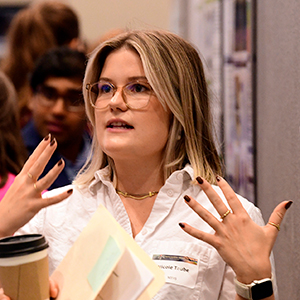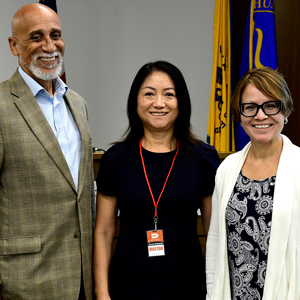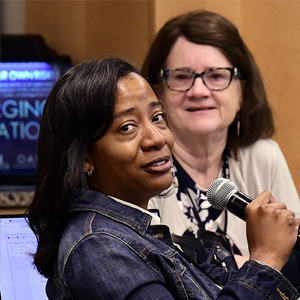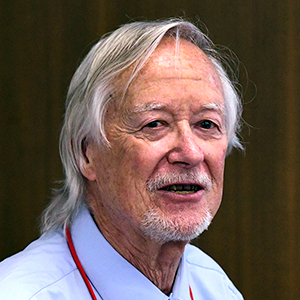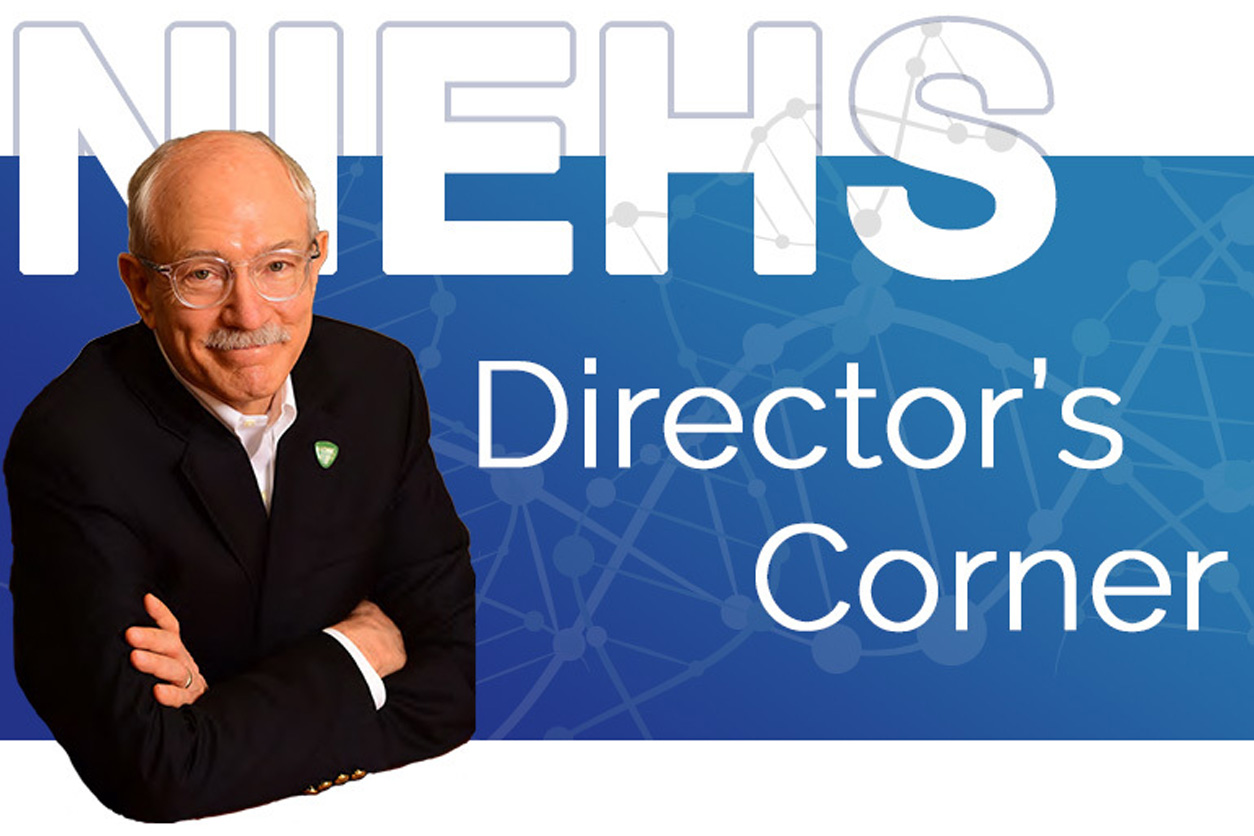 Rick Woychik, Ph.D., directs NIEHS and the National Toxicology Program. (Image courtesy of NIEHS)
Rick Woychik, Ph.D., directs NIEHS and the National Toxicology Program. (Image courtesy of NIEHS)Since joining NIEHS in 2018 as Scientific Director of the institute’s Division of the National Toxicology Program (DNTP), Brian Berridge, D.V.M., Ph.D., has spearheaded strategic initiatives and planning efforts that are moving the organization into innovative directions.
Under his leadership, DNTP is advancing knowledge about how environmental exposures may contribute to cancer, autism, cardiovascular disease, and other conditions. The organization also is exploring research models that account for greater genetic diversity, which will increase their relevance to humans and strengthen our understanding of individuals’ disease susceptibility.
In addition, Berridge and the DNTP team have harnessed the power of computational tools, artificial intelligence, and nonanimal scientific approaches to address emerging challenges in environmental toxicology.
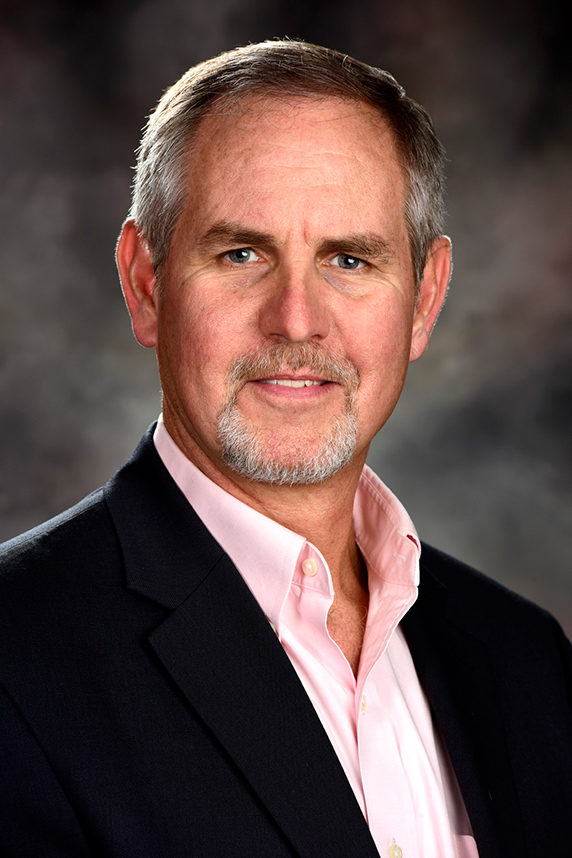 “DNTP aims to challenge the status quo by developing novel research approaches that expand knowledge of environmental exposures and how they may influence human disease,” said Berridge. (Photo courtesy of Steve McCaw / NIEHS)
“DNTP aims to challenge the status quo by developing novel research approaches that expand knowledge of environmental exposures and how they may influence human disease,” said Berridge. (Photo courtesy of Steve McCaw / NIEHS)For example, there are many thousands of substances, complex chemical mixtures, and other exposures for which there are no data regarding potential health effects. Analyzing those agents one at a time is not practical and can leave the public in the lurch, for traditional toxicology studies take years to complete. Through technology mentioned above and other advances, DNTP will enable more effective and timely research that regulators and the public can use to make informed decisions.
Much of the work conducted by DNTP supports the National Toxicology Program (NTP), which is a collaboration among NIEHS, the National Center for Toxicological Research at the U.S. Food and Drug Administration, and the National Institute for Occupational Safety and Health at the Centers for Disease Control and Prevention. In addition to his role as Scientific Director of DNTP, Berridge serves as NTP Associate Director.
Recently, I chatted with Berridge to learn more about how his previous experience as a toxicologic pathologist in the pharmaceutical industry helped to shape his leadership vision. He reflected on how DNTP will add value to the field for years to come, scientific developments that he thinks are especially exciting, and what inspired him to be a researcher.
Focused on improving public health
Rick Woychik: Before taking the helm of DNTP, you worked for 17 years in the pharmaceutical industry, for Eli Lilly in Indiana and GlaxoSmithKline in North Carolina. How have those experiences influenced your leadership approach?
Brian Berridge: I think that what I learned in industry applies well to the kinds of initiatives that we take on in DNTP. The fact that we are a team-based scientific organization that aims to carry out impactful, applied toxicological research — with a clear line of sight to improving public health — means that we need to be strategic and understand exactly where we add value. This is where recognizing tradeoffs and defining priorities becomes critical.
There are a lot of scientific problems that need to be solved, but ultimately you must pick ones that you think give your group the best opportunity to make meaningful contributions. It is easy to go in many different directions and make incremental progress, but that does not mean that you will make a significant impact in any specific area.
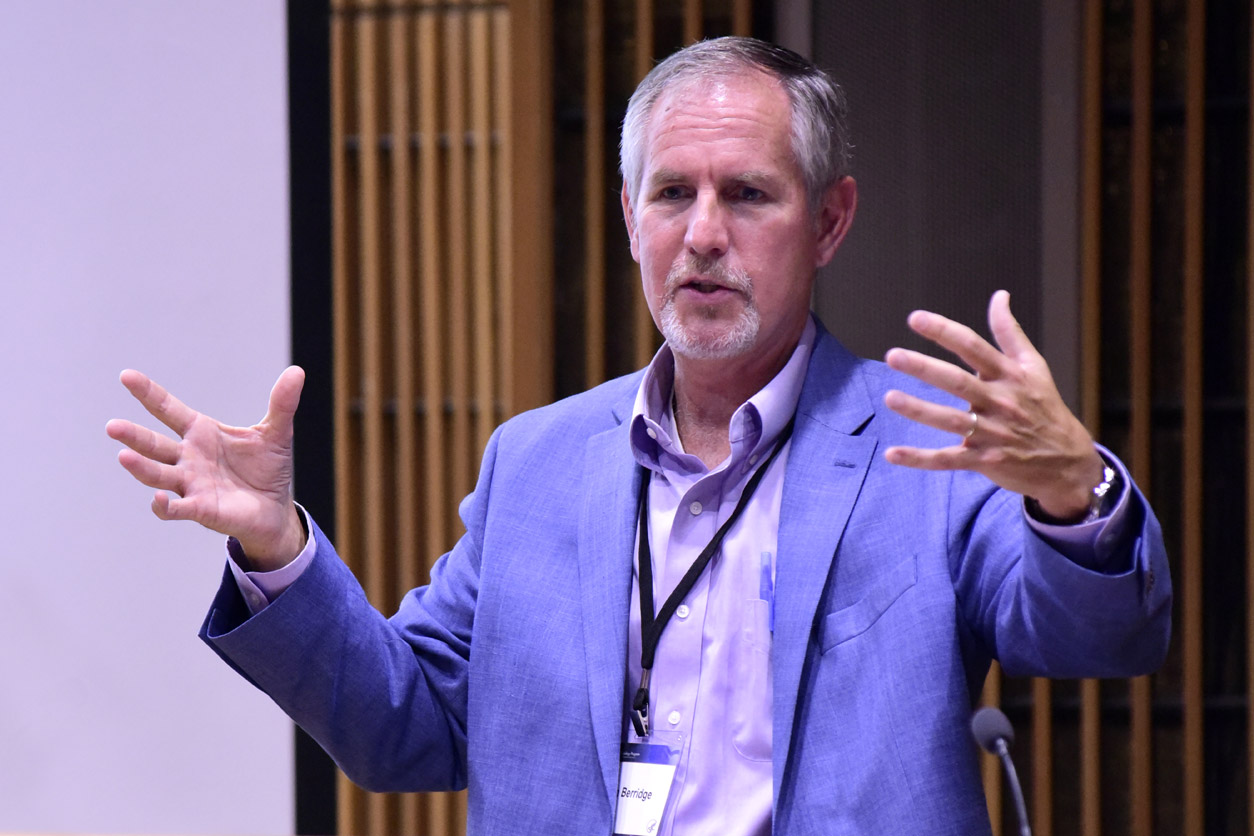 Berridge, shown here at a 2019 meeting of the NTP Board of Scientific Counselors, said board members have provided valuable feedback and helped to refine his strategic plans. (Photo courtesy of Steve McCaw / NIEHS)
Berridge, shown here at a 2019 meeting of the NTP Board of Scientific Counselors, said board members have provided valuable feedback and helped to refine his strategic plans. (Photo courtesy of Steve McCaw / NIEHS)With that in mind, we have spent a lot of time looking across the challenges in environmental toxicology to identify those that we are uniquely positioned to address. Because we have a relatively stable source of funding and do not have the pressures associated with putting a product out the door like pharmaceutical companies, we can conduct high-risk, high-reward research that requires a concerted focus for prolonged periods. And that is a major reason why I was excited to join DNTP.
In pharma, I learned the difference between a science-based business and a business-based science. For DNTP, that means ensuring that we are good stewards of the public investment in the science we do. The trick is to merge the best of those worlds in a way that allows us to optimize our resources and processes to tackle complex problems and fully leverage the flexibility we have as an organization.
Cancer risk and cardiovascular hazard
RW: Can you discuss some of the research challenges that DNTP is addressing?
BB: Sure. Carcinogenicity testing is one example. In traditional toxicology approaches, cancer takes a long time to study because rats and mice are examined for basically their entire life to see whether the agent to which they have been exposed increases tumor development. That is not very efficient, especially since we want to look at the effects of many different chemicals.
As the science of cancer has evolved, we have learned that accumulation of genetic mutations caused by DNA damage is a major contributor to the disease. So, our folks are looking at mutation patterns in tumors developed in our rodent studies and comparing them to patterns identified in humans who have similar cancers. The goal is to identify specific genetic events that are responsible for causing tumor development, and then hopefully gain insights into the nature of the environmental agent that was responsible for corresponding human tumors.
Our method will increase efficiency and productivity in our studies, but perhaps more important, it will help us better understand individuals’ unique susceptibility to cancer and how exposure to various environmental agents can influence that susceptibility.
Cardiovascular hazard assessment has been another area of weakness in traditional environmental toxicology. That is because in our usual rodent studies, we often do not measure functional changes in the heart or cardiovascular system but rather focus on changes in heart weight and histopathology.
This is of particular interest to me because of my background in cardiovascular pathology and my experience in industry, where we routinely evaluated both function and structure in our safety assessment studies. So, we are building capabilities to better characterize cardiovascular hazards, which involves introducing more functional endpoints and even modeling the effects of environmental agents through novel in vitro [cell-based] analysis, among other approaches.
 Last year, Berridge described DNTP research objectives and novel study approaches during an event sponsored by the World Health Organization Chemical Risk Assessment Network. (Photo courtesy of Gorodenkoff / Shutterstock.com)
Last year, Berridge described DNTP research objectives and novel study approaches during an event sponsored by the World Health Organization Chemical Risk Assessment Network. (Photo courtesy of Gorodenkoff / Shutterstock.com)Studying cells to learn how exposures affect health
RW: You mentioned novel in vitro analysis. Can you expand on that?
BB: Yes, this is a topic that I am especially excited about. We have known for a long time that traditional in vitro systems are not very representative of actual biology in people. However, the good news is that more complex in vitro systems have emerged, and they give us a much better opportunity to model environmental exposures in a more human-relevant way.
For example, rather than just looking at a flat layer of cells in a plate, typical of basic in vitro systems, the newer models we are exploring can incorporate three-dimensional architecture that mimics in vivo human biology. These novel approaches can also mix different kinds of cells so that they interact like in vivo tissues and organs, even creating dynamic conditions that reflect real tissue biology.
If you are analyzing heart cells, the new systems can simulate the beating heart, and if you are examining an organ that has fluid flow through it, such as the kidney, they can simulate that, too. Obviously, that is important because fluid flow influences many tissues and ultimately how they respond to the environmental substances we are studying.
Also, traditional in vitro systems use cells that have been what we call immortalized, either because they have been derived from a tumor, for example, or engineered to divide and stay alive indefinitely. That makes them very artificial, and they do not resemble cells in the body anymore. This is where the possibilities of induced pluripotent stem cells [iPSCs] come into play.
iPSCs can form many of the usual cell types with specialized functions in adult tissues. Therefore, they are ideally suited to be used for the new 3D in vitro models we are exploring. Also, since they are derived from genetically diverse groups of humans, iPSCs will help us study real-world biological diversity.
Not resting on laurels
RW: Next January will mark your fourth year at DNTP. Can you reflect on your lessons learned so far and share with readers what you hope to accomplish going forward?
BB: One of the great things about our organization is that it has a long history of significant impact in our field, but one of the challenges for our organization is that it has a long history of significant impact in our field [laughs]. What I mean is that the easy and safe thing to do is to keep turning the same crank that has always been turned, but the world has changed, and new approaches are needed to address contemporary toxicological problems.
For example, gone are the days of just focusing on single environmental agents. Chemists are very productive people, and there are now thousands of substances in some of the agent classes that we examine. In addition, our understanding of substances has expanded to include emerging public health concerns such as radiofrequency radiation and light at night, and those novel exposures require new study designs and special analysis.
Also, we obviously are not the only ones doing toxicological research, so we want to leverage computational tools, machine learning, scientific literature reviews, and other approaches to analyze data emerging from across the field. Drawing from that growing body of evidence will inform our studies and help us fine-tune the research questions we ask.
Going forward, we want to think more deeply about how environmental agents contribute to common diseases. I discussed cancer and cardiovascular disease earlier, but there also is concern regarding an increasing incidence of conditions such as autism. We are advancing programs that will help to shed light on the role of the environment in that disease and many others.
I am excited about the future because we can challenge the status quo on these big issues and do things not done in traditional toxicology. Our opportunity to innovate has never been greater.
(Rick Woychik, Ph.D., directs NIEHS and the National Toxicology Program)





